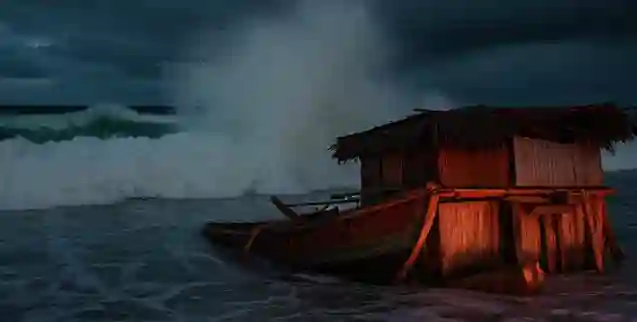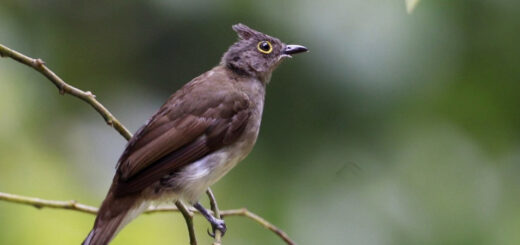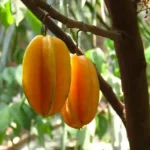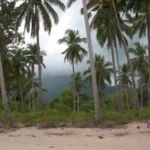Habagat – Understanding the Southwest Monsoon in the Philippines

The Philippines, a tropical archipelago in Southeast Asia, is known for its lush greenery, stunning beaches, and unpredictable weather. Among the defining weather patterns in the country is the Habagat, or the Southwest Monsoon, which plays a significant role in shaping the Filipino climate, culture, and daily life.
Here in Philippinature, we’ll dive deep into what Habagat is, how it affects the Philippines, and why understanding it is crucial for locals, travelers, and policymakers alike.
What Is Habagat? ☁️
Habagat refers to the Southwest Monsoon, a seasonal wind that brings warm, moist air from the southwest across the Philippine archipelago. It typically occurs from June to October, coinciding with the country’s wet season.
Key Characteristics:
Direction: Winds blow from the southwest.
Moisture: Carries a significant amount of moisture from the Indian Ocean and South China Sea.
Rainfall: Heavy rainfall, thunderstorms, and widespread flooding are common.
Temperature: Warm and humid weather dominates, but rains offer temporary cooling relief.
Habagat vs. Amihan: What’s the Difference?
The Philippines experiences two dominant wind systems:

These two monsoons are part of the country’s monsoonal climate, and they determine not just weather, but also agriculture, tourism, and transportation cycles.
Effects of Habagat 🌧️
1. Heavy Rainfall and Flooding
Habagat brings torrential rains, especially in western parts of Luzon, Visayas, and Mindanao. Metro Manila often experiences flash floods during this season.
2. Landslides
The persistent rain softens soil in mountainous areas, increasing the risk of landslides—a serious threat to both property and life.
3. Agriculture
While the rains support rice cultivation, excess moisture can damage crops and delay harvesting. Farmers must carefully plan their planting schedules around Habagat.
4. Transportation Disruption
Flooded roads and canceled flights or ferries are common. Commuters and businesses often face delays, particularly in low-lying cities like Manila, Dagupan, or Iloilo.
5. Health Risks
Standing water can lead to outbreaks of diseases like leptospirosis, dengue, and water-borne illnesses. Public health campaigns intensify during this season.
Habagat and Typhoons 🌀
Habagat season overlaps with typhoon season in the Philippines. While not all storms are part of Habagat, typhoons can enhance the monsoon, pulling more moisture and amplifying rainfall even in areas not directly hit.
Example:
In 2012, Typhoon Gener (Saola) and Typhoon Haikui didn’t directly hit Metro Manila, but their interaction with the southwest monsoon caused massive flooding, affecting millions.
Habagat Regions Most Affected 📍
While Habagat affects the entire country, some areas are more vulnerable:
- Western Luzon (e.g., Zambales, Bataan, Metro Manila)
- Western Visayas (e.g., Iloilo, Antique)
- Northern Mindanao (e.g., Cagayan de Oro)
These areas receive more rain due to their orientation and exposure to the southwest-facing coastlines.
How Filipinos Adapt 🌱
The resilience of Filipinos is evident in how they prepare for and respond to the Habagat season:
- Disaster preparedness drills
- Early warning systems from PAGASA
- Evacuation plans for flood-prone communities
- Improvised rain gear (plastic bags, banana leaves, or customized umbrellas!)
- Bayanihan spirit – Communities often help each other during calamities
Tips for Travelers During Habagat Season 🧳
If you’re planning to visit the Philippines between June and October, keep the following tips in mind:
- Check weather forecasts daily (via PAGASA or international apps).
- Avoid flood-prone areas especially during heavy downpours.
- Pack rain gear – waterproof jackets, umbrellas, and quick-dry clothes.
- Be flexible with travel plans – flights and ferries might be delayed or canceled.
- Visit eastern regions like Bicol, Eastern Samar, or Siargao – these are relatively drier during Habagat.
Why Habagat Matters 🔍
Habagat isn’t just about weather, it’s a seasonal force that affects the economy, daily life, and even the psyche of the Filipino people. From shaping the planting cycles of farmers to testing urban flood control systems, the Southwest Monsoon is a powerful reminder of the country’s deep connection with nature.
Understanding Habagat helps both locals and foreigners to better appreciate the challenges and beauty of life in the Philippines, a country where sunshine and storms go hand in hand.
References:
Wikipedia










